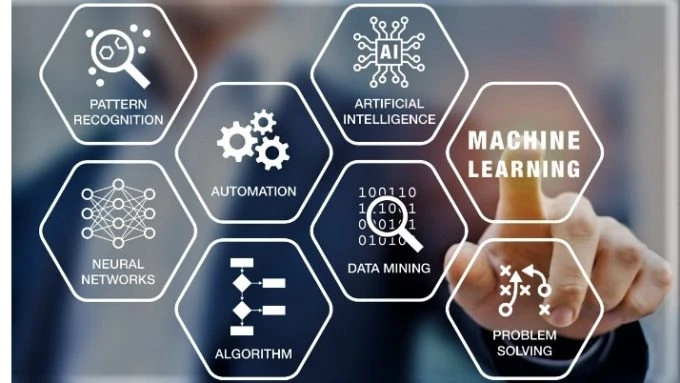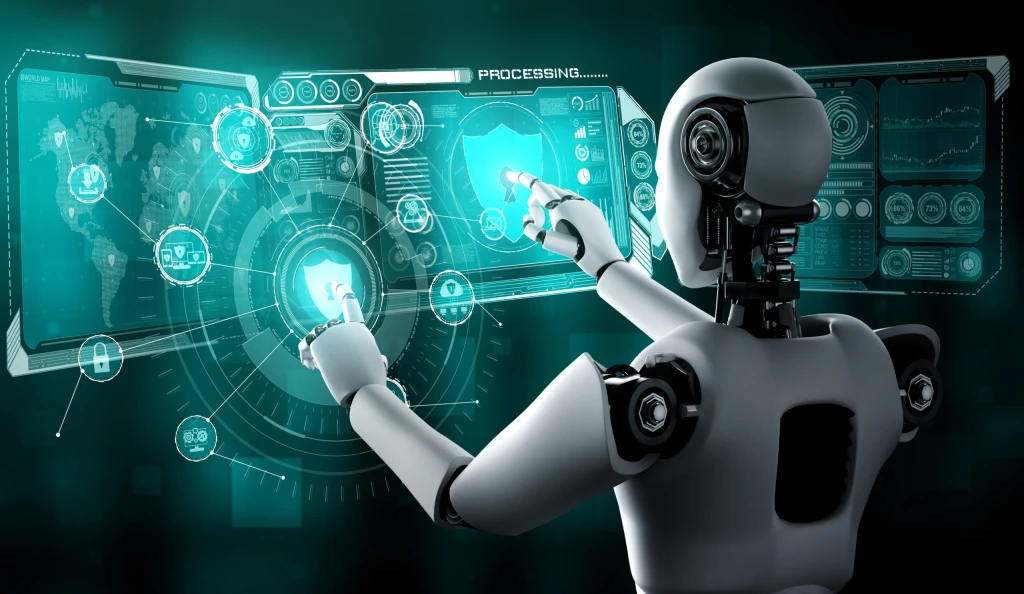Test AI on YOUR Website in 60 Seconds
See how our AI instantly analyzes your website and creates a personalized chatbot - without registration. Just enter your URL and watch it work!
What is AI Analytics? Harnessing the Power of Artificial Intelligence for Data Analysis
But what exactly is AI analytics, and how can businesses harness its power for data analysis? Let’s dive deeper into understanding this transformative technology.
Defining AI Analytics
Unlike traditional data analysis methods, which often rely on manual processes and predefined rules, AI analytics can adapt to new information and continuously improve its predictions. This makes it a game-changer for organizations seeking to derive actionable insights from their data in real time.
How AI Analytics Works
Here’s a closer look at the key components of AI analytics:
Machine Learning (ML): ML algorithms enable AI systems to learn from historical data and improve their performance over time. These algorithms can make predictions or classify data based on patterns found in previous datasets.
Natural Language Processing (NLP): NLP allows AI systems to understand and analyze human language, enabling businesses to extract valuable insights from unstructured text data, such as customer reviews, social media posts, and emails.
Data Mining: Data mining involves analyzing large datasets to discover hidden patterns or relationships. AI-based data mining techniques are more effective at identifying complex patterns that traditional methods might miss.
Deep Learning: Deep learning, a subset of machine learning, uses artificial neural networks to model complex relationships in data. It is particularly effective for tasks such as image recognition, speech recognition, and time-series forecasting.
Predictive Analytics: Predictive analytics leverages AI models to predict future trends based on historical data. By identifying potential outcomes, businesses can make proactive decisions that give them a competitive edge.
Applications of AI Analytics
Business Intelligence (BI): AI-powered BI tools can automate data analysis and generate real-time reports, dashboards, and visualizations, empowering business leaders to make more informed decisions without relying on manual data processing.
Customer Insights and Personalization: AI analytics can help businesses understand customer behavior, preferences, and needs. By analyzing customer data, companies can deliver personalized experiences, targeted marketing campaigns, and product recommendations.
Healthcare: In healthcare, AI analytics can be used to analyze medical data, such as patient records, diagnostic images, and clinical trial results. AI can identify patterns that aid in early disease detection, treatment planning, and drug discovery.
Finance: Financial institutions use AI analytics to detect fraudulent activity, assess credit risk, and predict stock market trends. AI models can process financial data at a speed and accuracy level that humans cannot replicate.
Manufacturing and Supply Chain Optimization: AI analytics can help manufacturers optimize production processes, predict maintenance needs, and forecast demand. By analyzing data from sensors and equipment, AI can minimize downtime and improve efficiency.
Marketing and Sales: AI can optimize marketing campaigns by analyzing customer data to identify high-value leads, predict purchasing behavior, and segment customers based on their preferences. This leads to more targeted and effective marketing strategies.
Benefits of AI Analytics
Speed and Efficiency: AI can process vast amounts of data at incredible speeds, providing real-time insights that would take human analysts hours or even days to uncover.
Enhanced Accuracy: AI algorithms can identify patterns and correlations with a level of precision that human analysts might miss, reducing errors and improving decision-making.
Automation: By automating repetitive data analysis tasks, AI frees up human resources to focus on more strategic decision-making, ultimately improving productivity and efficiency.
Cost Savings: AI analytics can help businesses reduce costs by streamlining operations, improving resource allocation, and identifying areas for optimization.
Predictive Power: With AI’s predictive capabilities, businesses can forecast trends, anticipate customer behavior, and make proactive decisions that reduce risk and maximize opportunities.
Scalability: AI systems can handle large datasets, making it easier for businesses to scale their operations and adapt to changing market conditions without being bogged down by data overload.
Challenges and Considerations
Data Quality: AI algorithms are only as good as the data they are trained on. Poor-quality or biased data can lead to inaccurate results and faulty predictions.
Skill Gaps: Implementing AI analytics requires a skilled workforce capable of understanding and managing complex AI systems. Companies must invest in training or hiring data scientists and AI experts.
Ethical Concerns: The use of AI raises ethical questions around data privacy, algorithmic bias, and transparency. Businesses must ensure they adhere to ethical standards when implementing AI analytics.
High Initial Costs: Setting up AI-driven analytics systems can be expensive due to the need for advanced technology, infrastructure, and expertise. However, the long-term benefits often outweigh the initial investment.
The Future of AI Analytics
Moreover, as businesses increasingly adopt AI-driven solutions, the role of data scientists, AI specialists, and engineers will become even more critical in ensuring that AI systems are implemented and optimized effectively.
In conclusion, AI analytics is transforming the way businesses approach data analysis. By leveraging AI’s ability to process large datasets, uncover hidden patterns, and predict future trends, companies can unlock valuable insights that drive innovation, efficiency, and competitiveness. Whether in healthcare, finance, marketing, or manufacturing, the power of AI analytics is reshaping industries and creating new opportunities for growth.






